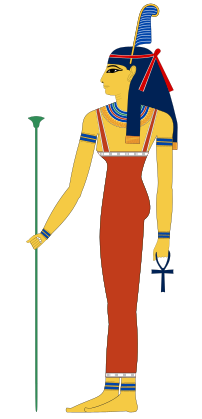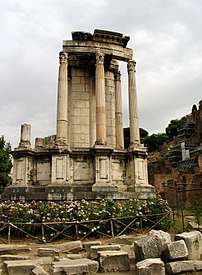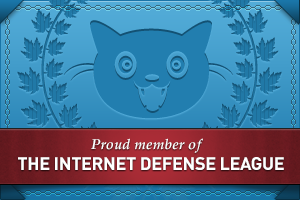
The Cambodian Trees project uses digital projection to bring deities and spirits from Cambodian culture to life as an overlay on urban trees.
The projected spirits are the work of the French artist Clement Briend. He notes;
It’s a beautiful surprise when the projected spirits awaken and reveal themselves at night as though they are made of the towering trees themselves. The photographic light installations echo the spirituality of the few sprouts of nature in the predominantly urban landscapes. It is a visual imagining of the divine figures that inhabit the world, as seen through an environmentally aware spiritual eye.



In Pure Spirit
What do you think of the project?
Is this art or is anything digital less than impressive? Could such technology have any impact on the presentation or respect these ancient spirits have in Cambodian culture?









